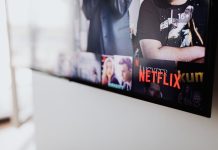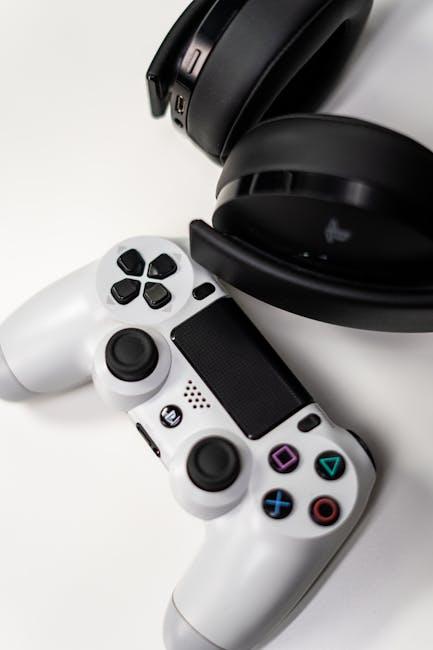In an era where technological advancements are rapidly transforming the way we consume media, streaming devices have become an integral part of modern entertainment. However, as new models of these devices flood the market, a growing concern emerges: their compatibility with older television sets. This issue is particularly pertinent for consumers who own older TVs that may not support the latest connectivity options. This article explores the question of whether streaming devices should be designed to work seamlessly with older televisions. By examining the benefits and challenges of enhancing compatibility, we aim to provide a comprehensive understanding of the implications for manufacturers, consumers, and the environment. Through this analysis, readers will gain insight into the potential for bridging the gap between new technology and legacy equipment, ensuring that entertainment remains accessible to a wider audience.
Understanding Compatibility Challenges Between Streaming Devices and Older TVs
As technology evolves, a significant gap has emerged between the latest streaming devices and older television sets. This disparity is often rooted in differences in connectivity options, resolution capabilities, and software compatibility. For instance, many older TVs lack the necessary HDMI ports, which are essential for most modern streaming devices. Additionally, these TVs might not support the higher resolutions that newer devices output, leading to suboptimal viewing experiences.
To bridge this gap, consumers can consider several potential solutions:
- Adapters and Converters: Devices like HDMI to RCA converters can connect newer streaming gadgets to TVs that only support older input formats.
- Resolution Settings: Adjusting the output resolution of the streaming device to match the TV’s capability can sometimes resolve compatibility issues.
- Firmware Updates: While less common for older TVs, checking for any available firmware updates might help improve compatibility.
- Third-Party Devices: Some third-party streaming solutions are specifically designed to support older television models.
By understanding and addressing these compatibility challenges, users can maximize the functionality of their existing equipment without immediate upgrades.

Exploring Technological Limitations of Legacy Televisions
The charm of legacy televisions lies in their nostalgic value and durability. However, their technological limitations pose challenges for modern streaming devices. Older TVs lack HDMI ports, which are standard in current devices. This necessitates the use of adapters or converters, potentially affecting the quality of the signal. Additionally, these televisions often do not support high-definition resolutions, making it difficult to fully enjoy the enhanced picture quality offered by streaming platforms.
- Connectivity Issues: Many legacy TVs have RCA or coaxial inputs, requiring converters to connect with HDMI-only streaming devices.
- Resolution Constraints: With a standard definition display, older TVs cannot showcase the full potential of HD or 4K content.
- Audio Output: The absence of digital audio outputs limits the integration of advanced sound systems.
These constraints highlight the need for streaming devices to incorporate backward compatibility features. By addressing these issues, manufacturers can extend their reach to a broader audience, ensuring that users with legacy televisions can also enjoy the benefits of modern streaming services without the need for extensive modifications or additional equipment.

Assessing the Benefits of Enhanced Compatibility for Consumers
In the rapidly evolving world of technology, ensuring that new streaming devices are compatible with older televisions can offer significant advantages for consumers. Firstly, enhanced compatibility extends the lifespan of existing electronics, allowing users to maximize their investment without the immediate need for costly upgrades. This not only benefits individual consumers by reducing their expenses but also supports environmental sustainability by decreasing electronic waste.
Moreover, compatibility fosters a more inclusive market. By accommodating older models, manufacturers can cater to a broader audience, including those who may not have access to the latest technology. This approach can enhance customer satisfaction and loyalty, as it acknowledges the diverse needs and financial situations of consumers. Key benefits include:
- Cost-effectiveness: Avoids the need for immediate TV replacements.
- Environmental impact: Reduces electronic waste and promotes sustainability.
- Accessibility: Broadens the user base by catering to a wider range of TV models.
- Consumer trust: Builds brand loyalty through considerate product design.

Recommendations for Manufacturers to Improve Device Interoperability
To enhance the interoperability of streaming devices with older televisions, manufacturers should consider a multi-faceted approach. Firstly, integrating backward-compatible ports such as composite or VGA connections could bridge the gap for older TV models lacking HDMI inputs. This would ensure that a wider range of consumers can enjoy modern streaming services without needing to upgrade their entire home entertainment system.
Moreover, offering software solutions can significantly improve compatibility. Developing firmware updates that allow streaming devices to adapt to different screen resolutions and refresh rates can optimize performance on older TVs. Additionally, providing user-friendly setup guides and support for legacy systems would help consumers maximize the utility of their existing devices. Collaborating with television manufacturers to create a universal standard for device interoperability could also be a pivotal step in enhancing the overall user experience.







































